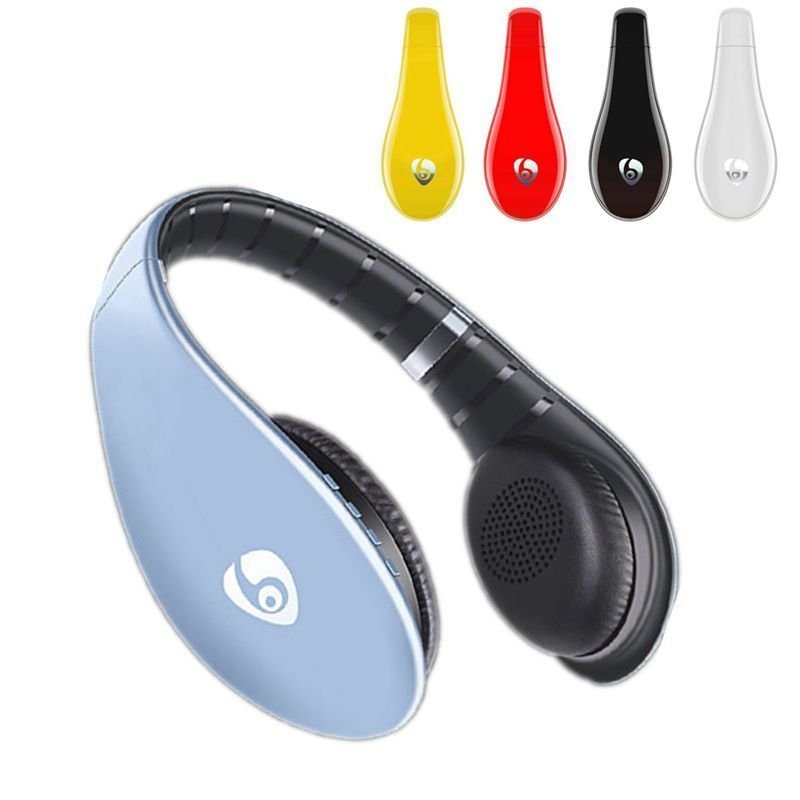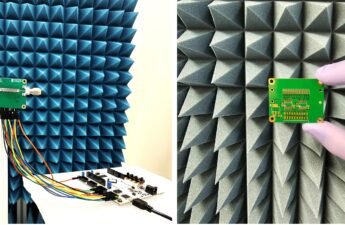The subject of this post is Bluetooth, what is it and how it works. I will also talk about the versions and modules.
What is it?
Bluetooth is a wireless communication technology standard that allows communication between different devices, like for example PC and smartphone, just get them close. It can connect until 8 devices at once. Without this technology, we would have to use a cable to transmission and synchronize files.
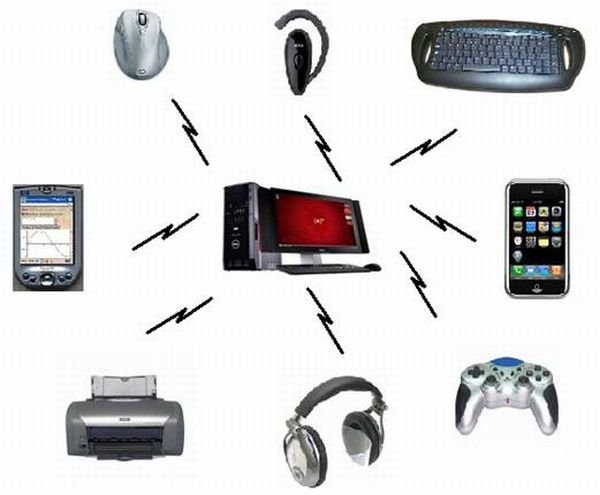
Bluetooth features:
- Low power consumption;
- Transmit low power signal, so the range is short compared to other wireless technologies;
- Due to the low signal, there is no interference with other wireless networks;
- Can establish a temporary connection in networks called piconets;
- Devices don’t need to be visible between them.
How it works?
Bluetooth systems use radio waves in the frequency band between 2.402 GHz and 2.48 GHz. If there are between 3 and 8 devices connected in Bluetooth, how there is no interference in each other? It is used a technique called Frequency Hopping Spread Spectrum (FHSS), which allows the device to use 79 different frequencies choose randomly and change frequency 1600 times per second, so two devices hardly will transmit in the same frequency. The graphic below shows a Bluetooth channel using many frequencies during the time.

Both the transmitter and receiver have a pseudo-noise bit source, a channel table, and a frequency synthesizer to execute the FHSS. In the figure below is the transmitter`s Frequency Hopping Spreader and below it is the receiver`s Frequency Hopping Despreader.
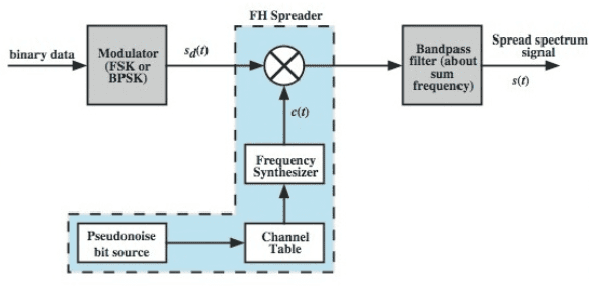
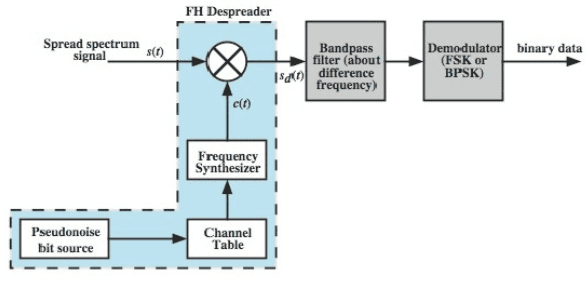
In a piconet network, the device which finds other devices compatibles and begins the connection is the master and all others become slaves. The master regulates the synchronism between the devices, data transmission, and transmits instructions to the slaves obey. A scatternet is a group of piconets. A slave can belong to more than one piconet, but the master must stay in only one piconet.
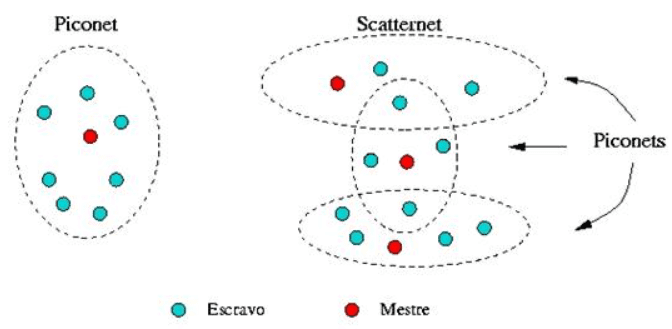
Bluetooth versions
- The first version only makes communication between PC and other devices, had a transmission speed of 1 Mbps. Was from 2002 to 2005;
- The second version allowed communication between many devices that wasn’t PC, had a speed of 3 Mbps, this version reduced the energy consumption. Was from 2004 to 2007;
- The third version is used actually, allow transmission speed of 54 Mbps and can use an 802.11 channel like Wi-Fi. Was introduced in 2009;
- The fourth version is to low power applications, for that is called LE (Low Energy) and the speed has to be reduced to 0.3 Mbps. Was introduced in 2011.
Bluetooth classes
Bluetooth systems can be divided into 3 classes, according to range and power.
- Class 1: 100 mW power and 100 meters range;
- Class 2: 2.5 mW power and 10 meters range;
- Class 3: 1 mW power and 1-meter range.
Bluetooth modules
Many PCs and smartphones already come with a module, just turn it on. But exist separated modules, like for example the ones used in Arduino. The module HC-06 can only be used like slave, the HC-05 can be a master or a slave. I will explain in another post how to use these modules.
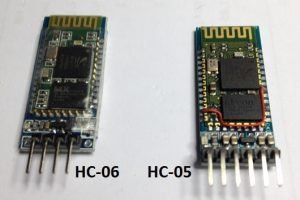
There are modules in pen drives.
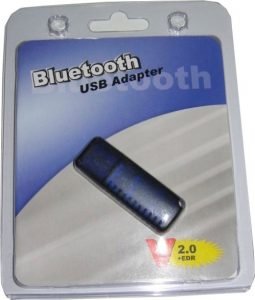
Some headsets have Bluetooth modules.
